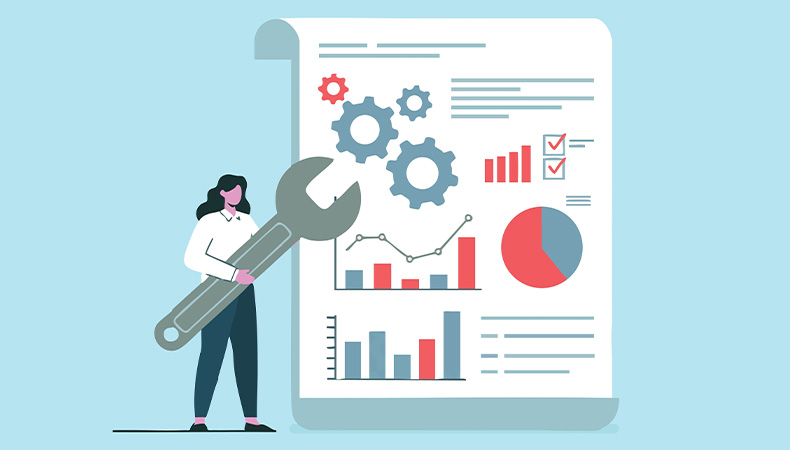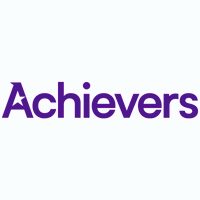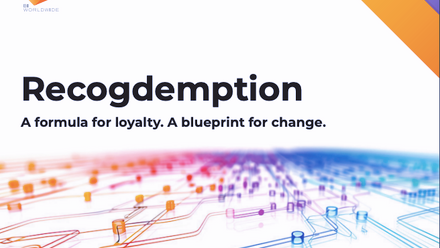Data-driven recognition: Making rewards smarter
Too often, organisations only start paying attention to recognition once the warning signs are flashing — disengaged employees, rising complaints, or morale slipping through the cracks. By then, it’s usually not a quick fix. Trust in the company’s ability to recognise meaningfully has already eroded.
The smarter moveis to stay ahead of the problem before it ever shows up. That’s where data-backed recognition comes in.
With insights at your fingertips, recognition shifts from guesswork to strategy. Data ensures recognition is timely, consistent, and tied to what actually drives performance.
Limits of instinct alone
Solely using traditional recognition methods, such as end-of-year surveys or shout-outs, has its limitations. They can miss high performers, create perceptions of bias, or fail to move the needle on engagement.
As a result, the same employees receive repeated praise, while quieter contributors go unnoticed, creating an imbalance that ultimately impacts overall engagement and productivity in the workforce.
Data takes recognition to the next level, challenging assumptions and replacing guesswork with insight. It uncovers patterns around who’s being recognised, by whom, for what, and how often. It also reveals the gaps; the quiet contributors, the underrepresented teams, and the missed moments; enabling leaders to move from reactive to strategic.
When it comes to improving engagement and performance, intuition is a start. But data is what turns good intentions into real, tangible impact.
Building blocks of a data-driven strategy
A strong data-driven strategy may seem daunting and complex, however, it’s much easier to put into practice when broken down into clear, manageable steps.
An effective recognition programme should be backed by reliable data, not just occasional feedback. Key data sources can help organisations build a personalised recognition strategy, including:
- Frequency of recognition by team or department
- Type of recognition, whether it’s peer-to-peer, manager, or milestone
- Themes or value-based keywords
- Gaps signalling those who aren’t giving or receiving recognition
By regularly monitoring these data points, organisations can ensure their recognition efforts are inclusive, intentional, and aligned with business goals.
Data alone, while helpful, can be misleading without context. It should inform, and not completely dictate, a business’ approach.
It’s important to track data while also analysing other factors affecting outcomes. For instance, a low-recognition department may also be understaffed or facing external pressures. By combining data with qualitative insights, organisations can make more balanced, informed decisions, and build recognition strategies that are both fair and effective.
Aligning rewards with real business outcomes
Rewards and recognition have been proven to boost productivity and engagement in the workforce; and when tailored to an organisation’s specific goals and values, their impact is even greater.
Recognition is powerful, but it's true impact comes from being tailored to reinforce behaviours that directly support an organisation’s strategic goals.
Examples of strategic recognition can include:
- Celebrating collaboration across cross-functional teams
- Recognising innovation in product development
- Highlighting frontline service excellence, supported by customer feedback
Making the business case
As with any project, securing leadership buy-in and budget requires solid, evidence-based research. Use proven studies to demonstrate how data-driven recognition delivers ROI through improved retention, higher productivity, and increasing engagement.
Equally important is linking these positive outcomes back to wider business objectives. Consistently making these connections reinforces that strategic recognition not only boosts morale but also drives growth and long-term organisational success.
Once you have employee insights and recognition feedback, the next challenge is determining how to use it effectively and cost-efficiently, transforming raw insights into real-world opportunities that can drive meaningful impact.
Personalising the experience
The key to effective recognition and rewards lies in personalisation. Acknowledging the specific value each person brings to an organisation is what drives employee engagement and business success.
By using data to tailor rewards, ensure they resonate with employees’ preferences. Some teams may favour vouchers, others time off, public praise, or charitable donations. Whatever the choice, data provides valuable feedback to better understand employees’ needs. Best of all, personalisation often delivers higher perceived value, without additional costs.
Pitfalls to avoid
Data-led recognition is the future, proven to deliver strong business results. However, it’s crucial to be aware of the following common pitfalls below when using data-backed recognition.
- Don’t lose the human touch: While data-driven recognition programmes can provide valuable signals, it's the thoughtful “human” delivery of recognition that truly resonates. To keep recognition genuinely human, ensure that it’s personalised, sincere, and connected to specific behaviours or achievements. This balance between insight and empathy is what truly motivates employees and drives lasting engagement.
- Over-relying on metrics: Data is important to balance quantitative data with qualitative feedback to add much-needed depth and context. When analysing data, ask yourself “why”, and explore underlying factors to fully understand and address challenges related to rewards and recognition.
- Privacy and trust matters: As organisations gather more data than ever before, transparency around what data is gathered, and why, is more important than ever. Always prioritise ethical data use and compliance with UK GDPR standards by implementing robust consent processes, limiting data access, and regularly auditing data practices.
- Making smarter recognition your norm: With technology and data tools now integral to business, the key is to use them to refine and support existing systems and instincts — not replace them.
With the right approach, organisations can deliver more meaningful recognition, allocate budgets more effectively, and link recognition practices to tangible results for maximum impact.
Supplied by REBA Associate Member, Achievers
Achievers is an enterprise Recognition and Reward software with non-monetary and monetary recognition and a global reward marketplace.








